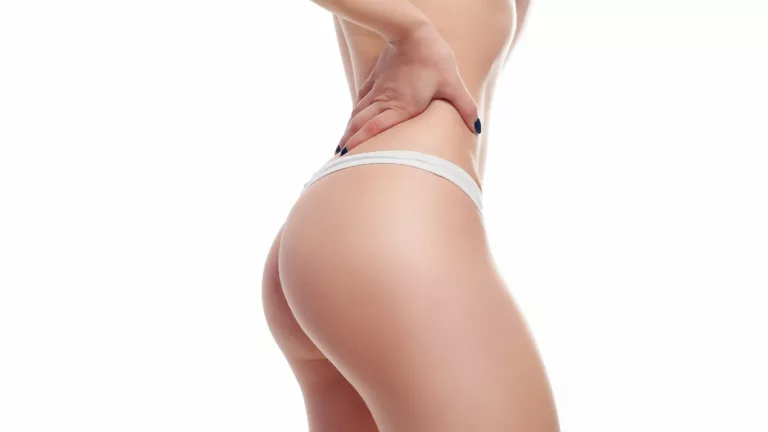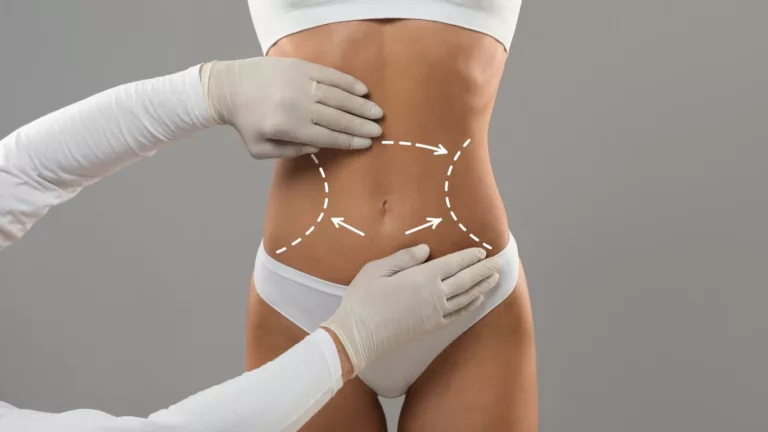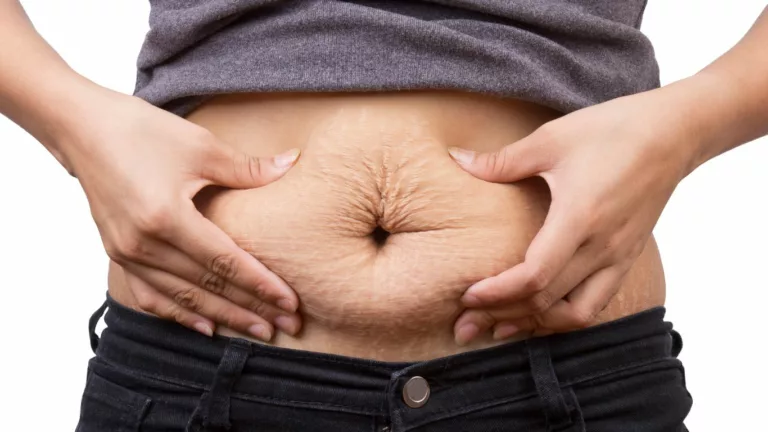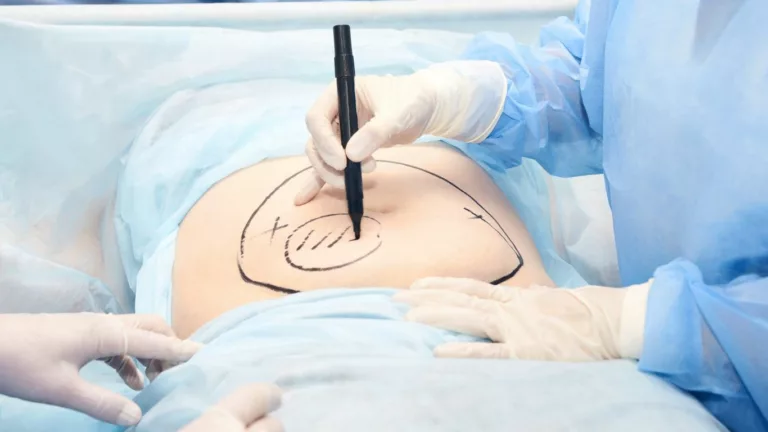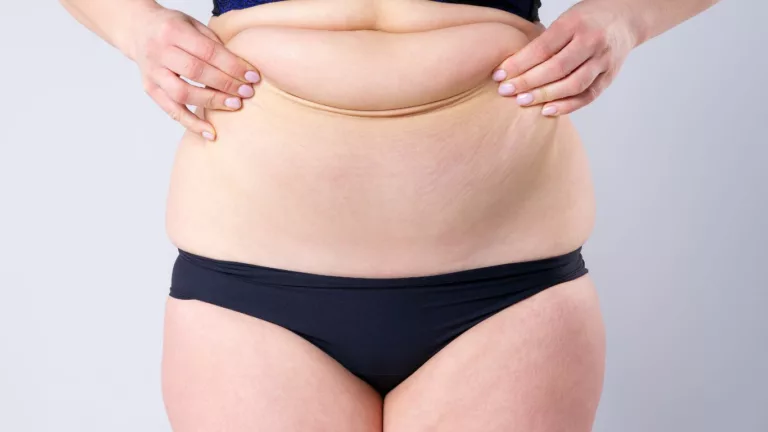Vaser Liposuction: Innovative Body Contouring Technology
Explore Vaser liposuction, a cutting-edge technique for precise body sculpting. Learn about its benefits, recovery process, and considerations in our comprehensive guide.
Vaser liposuction represents a significant advancement in the field of cosmetic surgery, offering individuals a precise and effective method for achieving body contouring goals. Unlike traditional liposuction methods, Vaser liposuction utilizes ultrasound technology to selectively break down fat cells while preserving surrounding tissues. This article delves into the details of Vaser liposuction, examining its benefits, recovery process, and important considerations.
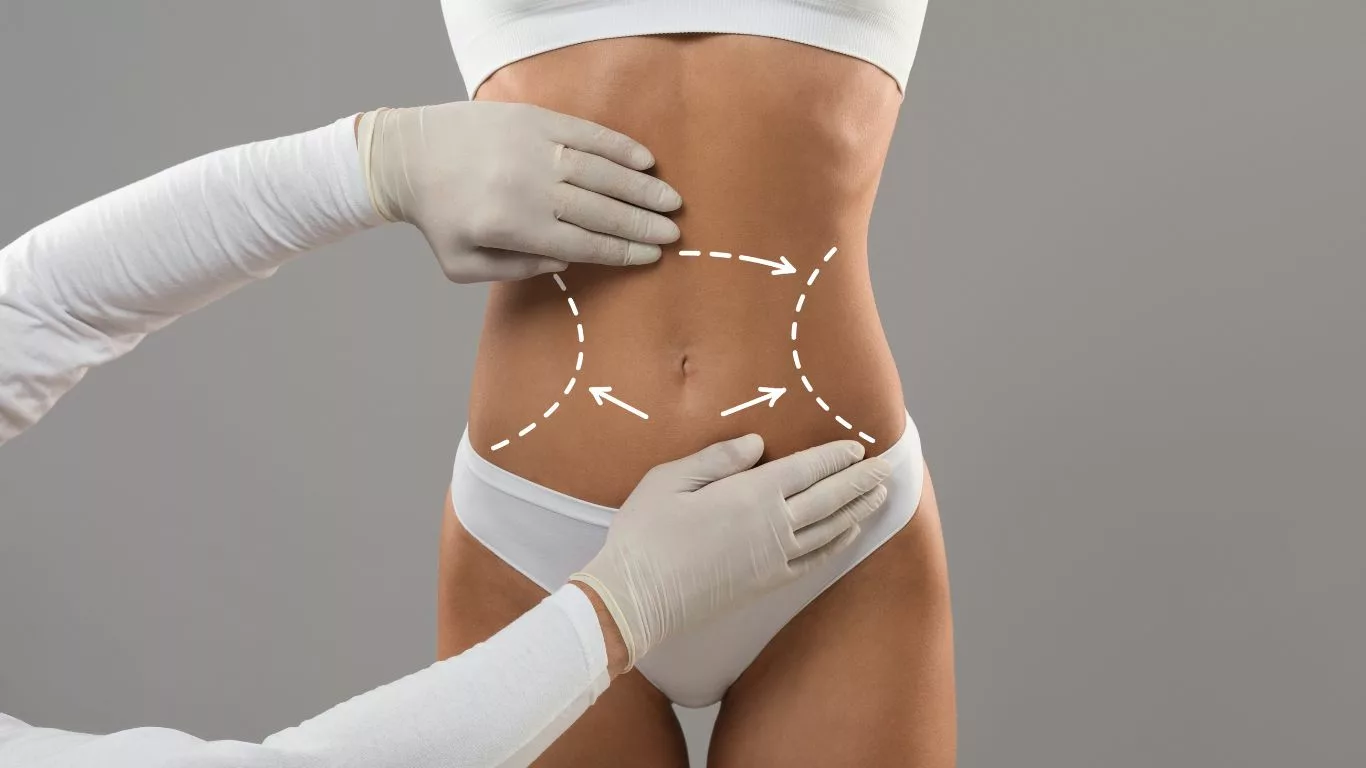
Understanding Vaser Liposuction
Vaser Liposuction, an advanced cosmetic procedure, utilizes ultrasound technology to selectively target and emulsify fat deposits beneath the skin. This innovative technique, formally known as Vibration Amplification of Sound Energy at Resonance, involves the transmission of ultrasonic waves through a specialized probe. These waves break down fat cells without damaging surrounding tissues, facilitating their gentler extraction compared to traditional liposuction methods.
Benefits of Vaser Liposuction
- Precision: One of the primary advantages of Vaser liposuction is its precision in targeting specific areas of the body. Surgeons can effectively contour delicate regions such as the chin, arms, thighs, and abdomen with enhanced accuracy.
- Less Invasive: The use of ultrasound technology in Vaser liposuction minimizes trauma to adjacent tissues. This results in reduced post-operative discomfort, swelling, and bruising, allowing for quicker recovery times compared to conventional liposuction.
- Enhanced Skin Retraction: Unlike traditional methods that may leave behind uneven contours, Vaser liposuction preserves vital connective tissues. This preservation promotes improved skin retraction, helping to achieve smoother and more natural-looking results.
- Customizable Results: Vaser technology offers flexibility in treatment. Surgeons can adjust the intensity and frequency of ultrasound energy based on each patient’s unique anatomy and aesthetic goals. This customization ensures tailored treatment plans and optimized outcomes.
Vaser liposuction represents a significant advancement in cosmetic surgery, combining precision, minimally invasive techniques, and customizable results to meet the diverse needs of patients seeking body contouring solutions. This innovative approach continues to evolve, offering safer and more effective alternatives to traditional liposuction methods.
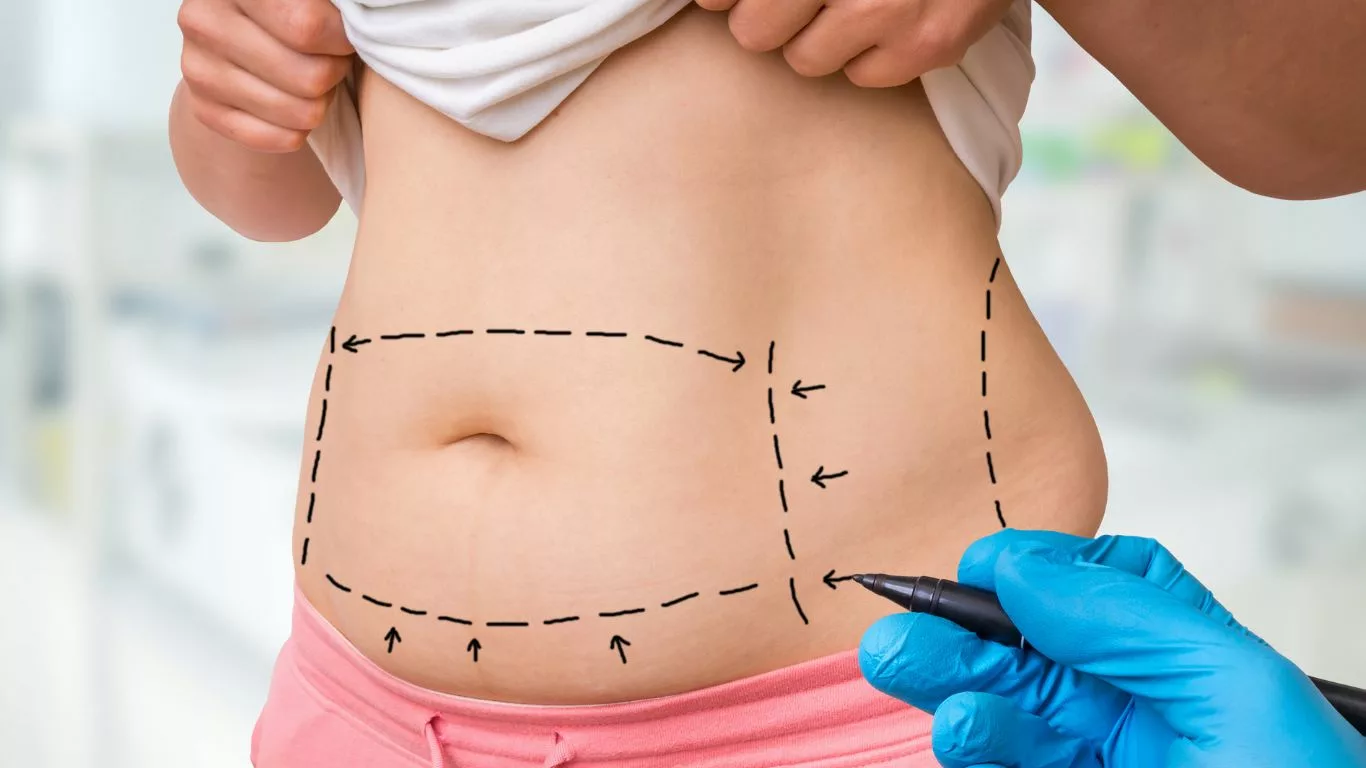
The Vaser Liposuction Procedure
The Vaser liposuction procedure is a meticulous process designed to achieve precise body sculpting. It typically involves several key steps, each contributing to the overall effectiveness and safety of the treatment:
- Anesthesia: Before the procedure begins, local anesthesia is generally administered to the targeted area. This numbs the region and ensures patient comfort during the treatment. In cases where larger areas are being treated or multiple areas are involved, general anesthesia might be recommended, depending on the patient’s and surgeon’s preferences.
- Ultrasound Energy Application: Once the anesthesia has taken effect, the surgeon proceeds with the Vaser liposuction technique. A small probe emitting ultrasonic waves is carefully inserted through tiny incisions made in the skin. These incisions are typically very small, ranging from a few millimeters to a centimeter in size, minimizing visible scarring.
- Emulsification and Extraction: The ultrasonic waves emitted by the Vaser probe specifically target fat cells beneath the skin’s surface. These waves cause the fat cells to shake and break apart while leaving surrounding tissues largely unaffected. This process, known as emulsification, transforms the fat into a liquid form, making it easier to suction out of the body.
- Specialized Cannula Use: Once the fat is emulsified, a specialized cannula (a thin tube) is inserted through the same small incisions. This cannula is connected to a gentle suction device that effectively removes the emulsified fat from the body. The surgeon uses the cannula strategically to sculpt the desired contours, ensuring smooth and natural-looking results.
- Recovery and Results: Following the procedure, patients are monitored closely in a recovery area to ensure their safety and comfort. The length of recovery varies depending on the extent of the procedure and individual healing factors. While some patients may resume normal activities within a few days, others may require a bit longer. Swelling and bruising are common in the days following Vaser liposuction, but these typically subside gradually. Final results begin to emerge as swelling diminishes, with optimal outcomes becoming apparent over the course of several months.
This detailed approach underscores the precision and effectiveness of Vaser liposuction in achieving desired body contours with minimal downtime and enhanced safety compared to traditional liposuction methods. By leveraging advanced ultrasound technology, Vaser liposuction continues to set a high standard in cosmetic surgery, offering patients personalized solutions for body sculpting and refinement.
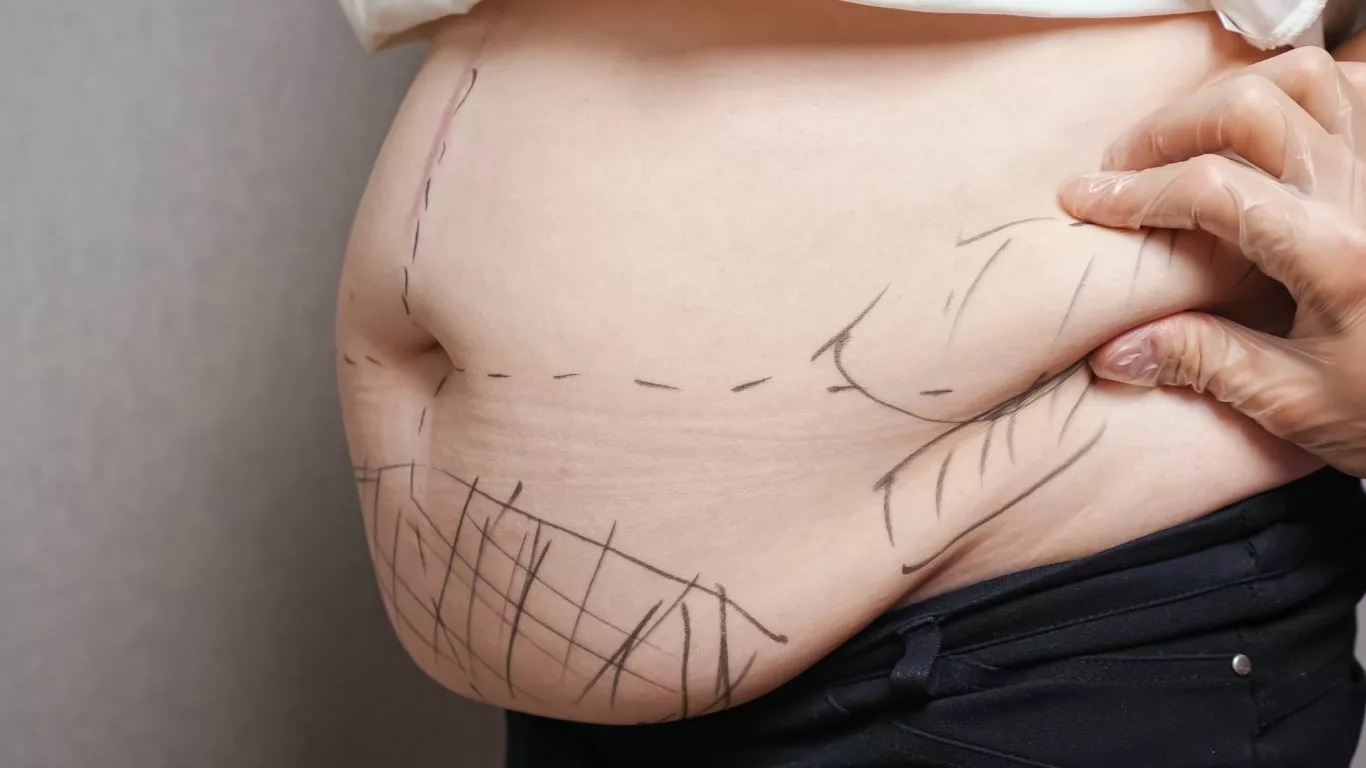
Considerations and Safety
When contemplating Vaser liposuction, understanding the procedure’s considerations and safety aspects is crucial to making an informed decision.
Candidacy
Determining candidacy for Vaser liposuction involves several factors. Ideal candidates are generally in good overall health and have localized fat deposits resistant to diet and exercise. It is essential for individuals to maintain realistic expectations regarding the outcomes achievable through Vaser liposuction. Consulting with a qualified plastic surgeon is pivotal in assessing suitability. During the consultation, the surgeon evaluates the patient’s medical history, current health status, and aesthetic goals to determine if Vaser liposuction is the appropriate choice.
Pre-Procedure Consultation
Before undergoing Vaser liposuction, patients should undergo a thorough pre-procedure consultation with their plastic surgeon. This consultation serves several crucial purposes, including:
- Medical Assessment: Reviewing the patient’s medical history to ensure they are in good health and do not have any conditions that could increase the risks associated with surgery.
- Discussion of Expectations: Establishing realistic expectations regarding the outcomes of Vaser liposuction and discussing what can and cannot be achieved through the procedure.
- Exploration of Alternatives: Considering alternative treatments or procedures that may better suit the patient’s needs and goals.
- Discussion of Risks and Complications: Educating the patient about the potential risks and complications associated with Vaser liposuction, including anesthesia risks, bleeding, infection, asymmetry, contour irregularities, and skin laxity.
- Review of Recovery Process: Outlining the post-operative care and recovery process, including the use of compression garments, expected downtime, and restrictions on physical activities.
Post-Operative Care
Following Vaser liposuction, adherence to post-operative care instructions is crucial for achieving optimal results and minimizing complications. Common post-operative care instructions include:
- Wearing Compression Garments: Compression garments help reduce swelling, support the treated areas, and promote skin retraction.
- Managing Discomfort: Taking prescribed pain medications as directed to manage post-operative discomfort.
- Limiting Physical Activities: Avoiding strenuous activities and following the surgeon’s recommendations for gradual resumption of normal activities.
- Monitoring Healing: Monitoring the incision sites for any signs of infection or complications and promptly reporting any concerns to the surgeon.
- Follow-Up Visits: Attending scheduled follow-up appointments with the surgeon to monitor healing progress, remove sutures if necessary, and address any questions or concerns.
Risks and Complications
While Vaser liposuction is generally considered safe when performed by a qualified and experienced plastic surgeon, it is essential for patients to be aware of potential risks and complications associated with the procedure. These include:
- Infection: Although rare, infection can occur following any surgical procedure. Patients are typically prescribed antibiotics to reduce this risk.
- Uneven Contours: In some cases, uneven fat removal or contour irregularities may occur, requiring additional procedures for correction.
- Anesthesia Risks: Allergic reactions to anesthesia or adverse effects related to anesthesia administration can pose risks during surgery.
- Skin Irregularities: Changes in skin texture, including dimpling or waviness, may occur, particularly if there is insufficient skin elasticity.
- Fluid Accumulation: Temporary fluid accumulation (seromas) may develop at the treatment site, necessitating drainage.
- Prolonged Healing: Some individuals may experience delayed wound healing or prolonged swelling, affecting the final aesthetic results.
Choosing a Qualified Surgeon
Selecting a board-certified plastic surgeon with extensive experience in performing Vaser liposuction is essential for minimizing risks and achieving satisfactory outcomes. Patients should research potential surgeons, review their credentials, and view before-and-after photos of previous patients to assess their skill and expertise. A thorough consultation allows patients to ask questions, discuss concerns, and gain confidence in their chosen surgeon’s abilities.
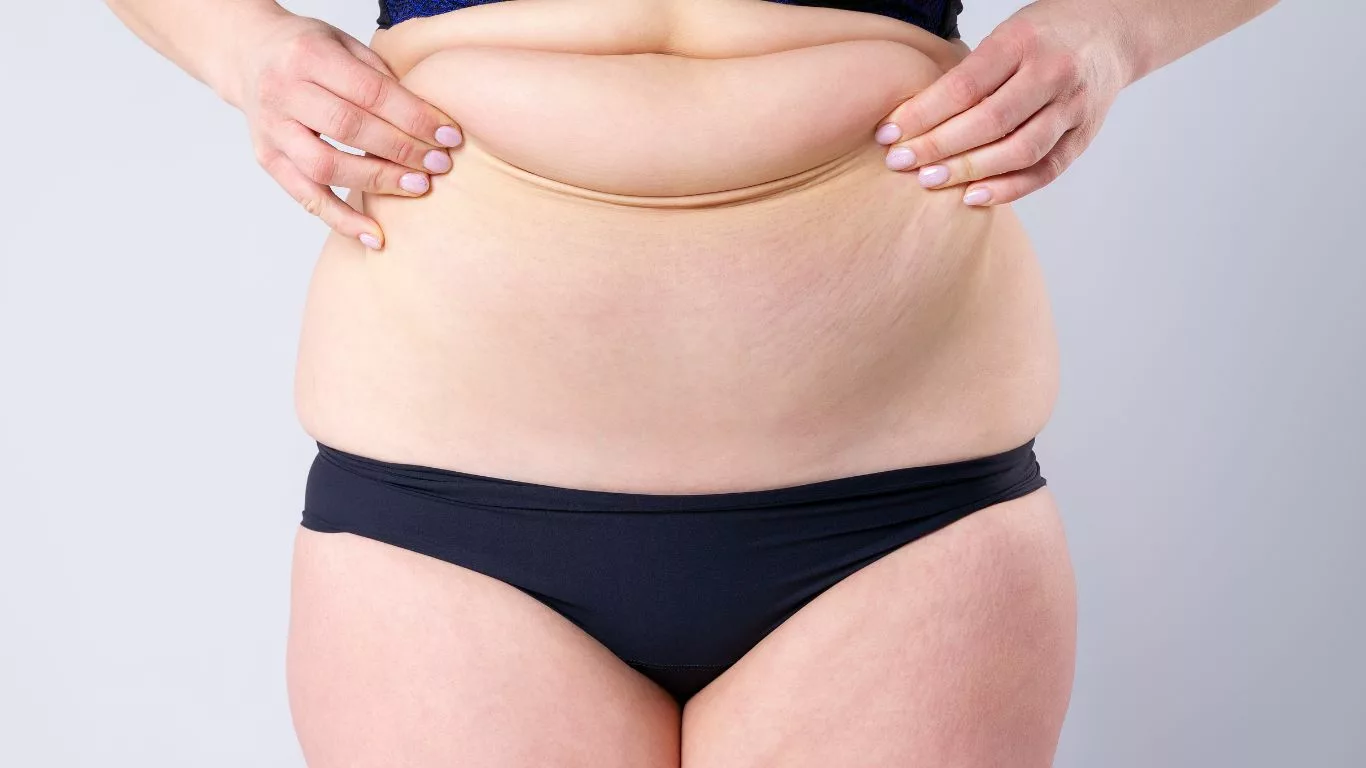
Conclusion
Vaser liposuction stands at the forefront of modern cosmetic surgery, offering individuals a precise and effective solution for achieving their desired body contours. By harnessing the power of ultrasound technology, Vaser liposuction provides customizable results with reduced downtime compared to traditional methods. However, prospective patients should approach the procedure with a thorough understanding of its benefits, recovery process, and potential considerations.
Incorporating Vaser liposuction into your body contouring journey requires careful consideration and consultation with a qualified healthcare provider. With proper preparation and realistic expectations, individuals can achieve smoother, more defined contours and enhance their overall aesthetic appearance.
Appendices
References
For further exploration of Vaser liposuction and its benefits, consider reviewing the following references:
- Prado, A., & Andrades, P. (2022). Ultrasound-Assisted Liposuction (UAL) and VASER. In N. Mendes & G. Barbosa (Eds.), Innovations in Aesthetic Plastic Surgery (pp. 217-232). Springer International Publishing. Read Article
- International Society of Aesthetic Plastic Surgery (ISAPS). (2023). Vaser Liposuction: A Guide for Patients. Read Article
- Garza, R. M., & Salas-Alanís, J. C. (2021). VASER Liposuction: Clinical and Histological Evidence of Its Effectiveness. Aesthetic Plastic Surgery, 45(4), 1791-1798. Read Article
FAQs
Here are some frequently asked questions about Vaser liposuction:
- Who is a suitable candidate for Vaser liposuction? Ideal candidates are typically in good health and have localized fat deposits resistant to diet and exercise.
- What areas of the body can Vaser liposuction treat? Vaser liposuction is versatile and can target areas such as the abdomen, thighs, arms, chin, and back.
- How long does recovery take after Vaser liposuction? Recovery times vary but generally involve a few days of downtime with full results becoming evident over several months.
Related Table
Here’s a summary table of key information regarding Vaser liposuction:
| Aspect | Information |
|---|---|
| Technology | Ultrasound-assisted fat removal |
| Benefits | Precision, less invasive, enhanced skin retraction |
| Considerations | Candidacy, post-operative care, potential risks |
Note: Consultation with a qualified healthcare provider is recommended for personalized advice.
Disclaimer: The information provided in this article is for educational and informational purposes only. It is not intended to be a substitute for professional medical advice, diagnosis, or treatment. Always seek the advice of your physician or other qualified health provider with any questions you may have regarding a medical condition. Never disregard professional medical advice or delay in seeking it because of something you have read in this article. Reliance on any information provided in this article is solely at your own risk.
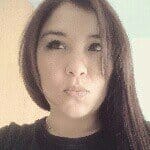
Camellia Wulansari is a dedicated Medical Assistant at a local clinic and a passionate health writer at Healthusias.com. With years of hands-on experience in patient care and a deep interest in preventive medicine, she bridges the gap between clinical knowledge and accessible health information. Camellia specializes in writing about digestive health, chronic conditions like GERD and hypertension, respiratory issues, and autoimmune diseases, aiming to empower readers with practical, easy-to-understand insights. When she’s not assisting patients or writing, you’ll find her enjoying quiet mornings with coffee and a medical journal in hand—or jamming to her favorite metal band, Lamb of God.

